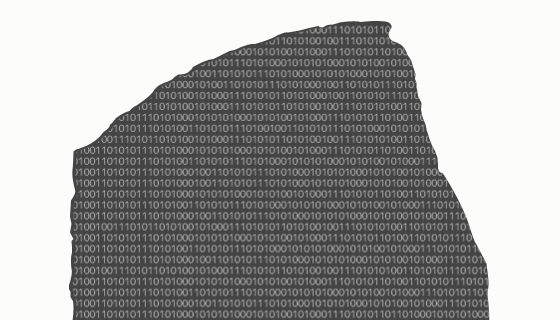
Information is only as good as it is interpretable. I think this is pretty much a common-sense notion, but it is made that much more clear through the story told by ancient artifacts.
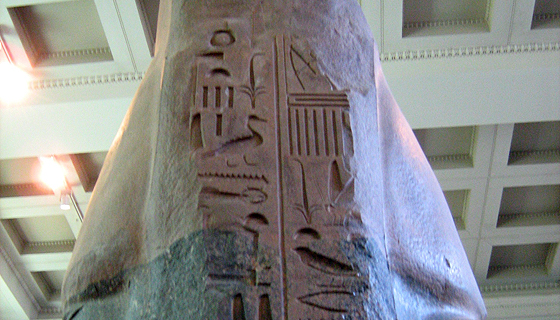
While browsing the British Museum during a recent visit to London, I was first awestruck by the artifacts themselves. The carvings in stone were of such high fidelity, it looked almost as if some had been laser-etched rather than carved with tools. The ancient civilizations of Egypt, Sumer, Babylon and others had likely mastered the craft–in a way that we are not likely to match today–because of the high value they placed on long-term thinking and communication. (As an aside, I was also overwhelmed by the realization that some of the single artifacts I saw were the result of decades of work by hundreds of individuals. Today, I can easily compose volumes of material, yet rarely consider it all as a whole, whereas the artisans of thousands of years ago may have spent the majority of their lives on one work (like the wall carving below), most likely honoring the memory of someone else.)
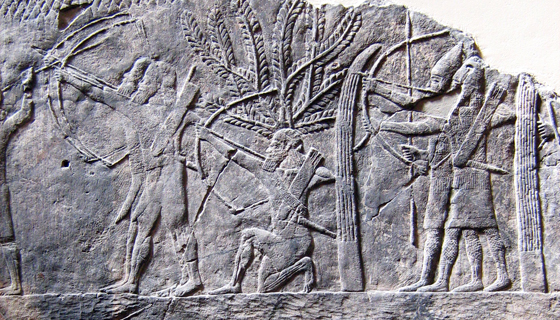
After taking in several galleries of these ancient artifacts, I grew accustomed to the objects themselves, and shifted my awe from their physical properties to the information they represented. I wondered, what will be the Rosetta Stone of our age for historians of the future? (The Rosetta Stone is a fantastic example of historical luck–a document represented in three languages. Because scholars could translate the portion inscribed in ancient Greek, the tablet provided an eventual key with which to unlock the meaning behind the pictorial language of the Egyptian civilization.) We may have the advantage of a much larger volume of written material today, but it is far more vulnerable to entropy than artifacts like the Rosetta Stone. Printed on paper, a document is subject to all kinds of destruction: easily burned, eventual rotting if too moist, disintegration if too dry, not to mention eventual illegibility if the pigment used to print the text fades, smudges, or flakes off. Considering how we treat paper today, there is not likely to be a 20th century Oxyrhychus.
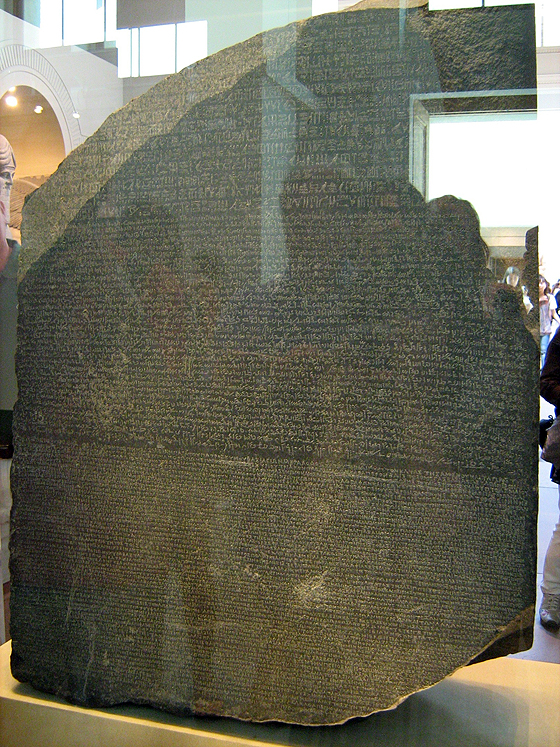
But the majority of our text today is not printed on paper. It’s stored in bits and deciphered by computers. We can store this material in all kinds of ways, though many are just as vulnerable as printed media. Hard drives are unpredictable, subject to magnetism, and can easily corrupt if not fail completely. Other modern storage media, like discs, are quite vulnerable to heat, moisture, and scratching. Solid state drives are one step forward, in that they have no moving parts, yet are certainly not foolproof. None of these solutions could withstand a haphazard, long-term burial in rock, soil and water. But even if they could, the object itself is only as valuable as it is interpretable. The more important question is not whether our contemporary documents could survive for millenia, but rather if their meaning can survive. Perhaps future civilizations will have left our contemporary computing paradigm far behind, leaving them unable to make sense of our ones and zeros. While that may be a loss to the future, it’s not much of a compelling loss to us being so far off. But that doesn’t leave our current way of communicating any less vulnerable. As long as we depend upon electronic media to communicate, we are at risk of losing it all to a strong-enough solar flare, or even electromagnetic pulse events, which would render most electronic devices useless.
I don’t really have a particular argument going; I’m really just thinking out loud. I’m certainly not advocating that we ditch our computers for stone tablets. Computing has obviously benefitted our society in many, many ways. Yet, for all our expanded reach with communications technology, I doubt the chance of our voice being preserved is very strong. I’d be interested to hear from any archivists out there–what is the current thinking on preserving our culture? What formats and media are hardiest? Or have we outgrown in some way (perhaps in our assumption of the endurance of our civilization) the need to preserve our culture for future civilizations?
P.S. I do realize that I’m writing in very broad terms here, and you may likely be thinking that this couldn’t be any less relevant to what you’re doing, today. We’re trying to speak to people via the web today, not necessarily hundreds of years from now (or even decades). But, if we zoom in a bit, the principle of preserving the message is a relevant one to us, right now.
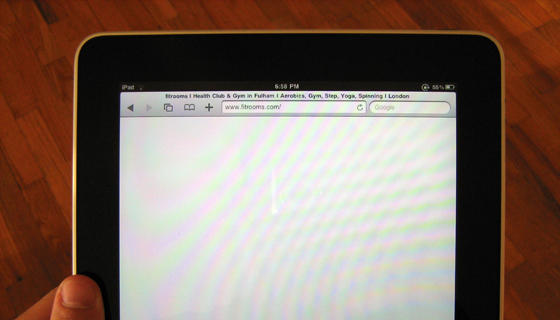
A case in point: Last week, my brother and I were looking for a fitness center in Earl’s Court, a neighborhood of London. I found a listing for one, called FitRooms, but when I loaded their website on my iPad (my default web device when I’m not in the office), I was greeted by this white screen. It turns out that this site uses Flash in such a comprehensive way that, when loaded on devices that don’t support Flash (all iPhones and iPads), it’s as if there is no site at all. No site, no message. In a much briefer span of time, one medium has died, and with it, the messages of anyone who depended upon it. Sure, I can see the FitRoom site on my laptop, but that didn’t do me any good during the week and a half I was traveling in Europe. As long as I was using my iPad, any information delivered with Flash was as good as extinct.


